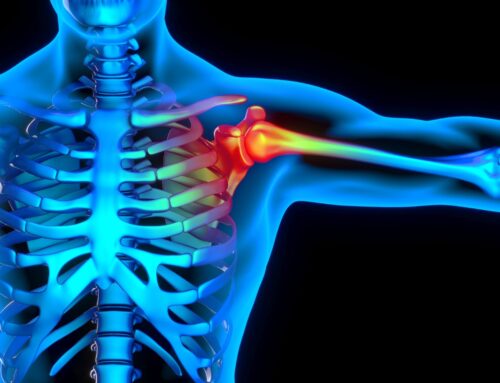Many people associate poor posture primarily with back pain or neck discomfort. However, the effects of improper alignment extend far beyond musculoskeletal complaints. One often-overlooked consequence of poor posture is its potential impact on your circulatory system.
The way you sit, stand, and move throughout the day can significantly influence how effectively blood flows through your body, potentially contributing to various circulatory issues that affect your overall health and well-being.
Your circulatory system works constantly to deliver oxygen and nutrients to every cell in your body while removing waste products. This complex network relies on proper body mechanics to function optimally. When posture becomes compromised, it can create physical barriers to efficient circulation, leading to symptoms that might not immediately be connected to how you’re holding your body.
How Poor Posture Affects Blood Flow
Your blood vessels—arteries, veins, and capillaries—run throughout your body, often alongside bones, muscles, and other tissues. When posture is compromised, these structures can place undue pressure on blood vessels, restricting flow.
For instance, forward head posture, where the head juts ahead of the shoulders, places strain on the neck muscles and can compress arteries that supply blood to the brain. This compression may reduce blood flow to the brain, potentially contributing to headaches, brain fog, and fatigue—symptoms not always immediately connected to posture problems.
Similarly, rounded shoulders and a slouched sitting position compress the chest cavity, restricting lung expansion and potentially impeding the function of the thoracic aorta and its branches. This restriction can affect blood flow to various parts of the upper body, including the arms and hands.
Sitting for prolonged periods with your legs crossed or in chairs that place pressure on the back of the thighs can also restrict blood flow to the legs and feet. Over time, this can contribute to issues like varicose veins, swelling in the extremities, and even increased risk of blood clots in susceptible individuals.
Common Circulatory Symptoms Related to Posture
Recognizing the connection between posture and circulation begins with awareness of potential symptoms. While these symptoms can have multiple causes, posture may be a contributing factor worth addressing, such as:
Upper Body Symptoms
Cold hands or fingers, even in warm environments, may indicate restricted blood flow to the extremities, sometimes stemming from shoulder and upper back posture issues. The compression of blood vessels that supply the arms and hands can result in reduced circulation and that persistent chilly feeling.
Numbness or tingling in the hands or arms, particularly during certain activities or positions, might signal that blood vessels or nerves are being compressed due to poor alignment of the neck, shoulders, or upper back.
Headaches that worsen as the day progresses could be related to reduced blood flow to the brain due to forward head posture or tension in the neck muscles that compress nearby blood vessels.
Lower Body Symptoms
Swelling in the feet or ankles that worsens after long periods of sitting might indicate that your sitting posture is restricting venous return—the flow of blood back to the heart from the lower extremities.
Varicose veins, while influenced by many factors including genetics, can be exacerbated by posture habits that restrict blood flow, particularly prolonged sitting with poor lower body alignment.
Persistent cold feet, like cold hands, may signal circulatory limitations sometimes related to how you sit and the resulting pressure on blood vessels in the lower body.
Improving Posture for Better Circulation
Addressing posture-related circulatory issues involves a multi-faceted approach aimed at restoring proper alignment and removing barriers to blood flow.
Spinal alignment forms the foundation of good posture, and chiropractic adjustments can help correct misalignments that may be affecting blood vessel function. By normalizing the position of vertebrae, chiropractors help ensure that the structures surrounding your spine, including blood vessels, have adequate space to function properly.
Workplace modifications can make a significant difference, especially for those who spend long hours at a desk. Ergonomic evaluations and adjustments to your workstation can help maintain proper alignment throughout the day. This includes appropriate chair height, monitor position, and desk setup that encourages neutral postures rather than slouching or straining.
Awareness of body positioning during daily activities can help interrupt problematic patterns. Pay attention to how you sit, stand, and move. Are you consistently leaning to one side? Do you jut your chin forward when looking at screens? These subtle habits can have cumulative effects on both posture and circulation.
Curious to learn more? The At Last Chiropractic team is here to help! Book your appointment with your Lithia chiropractor today!






